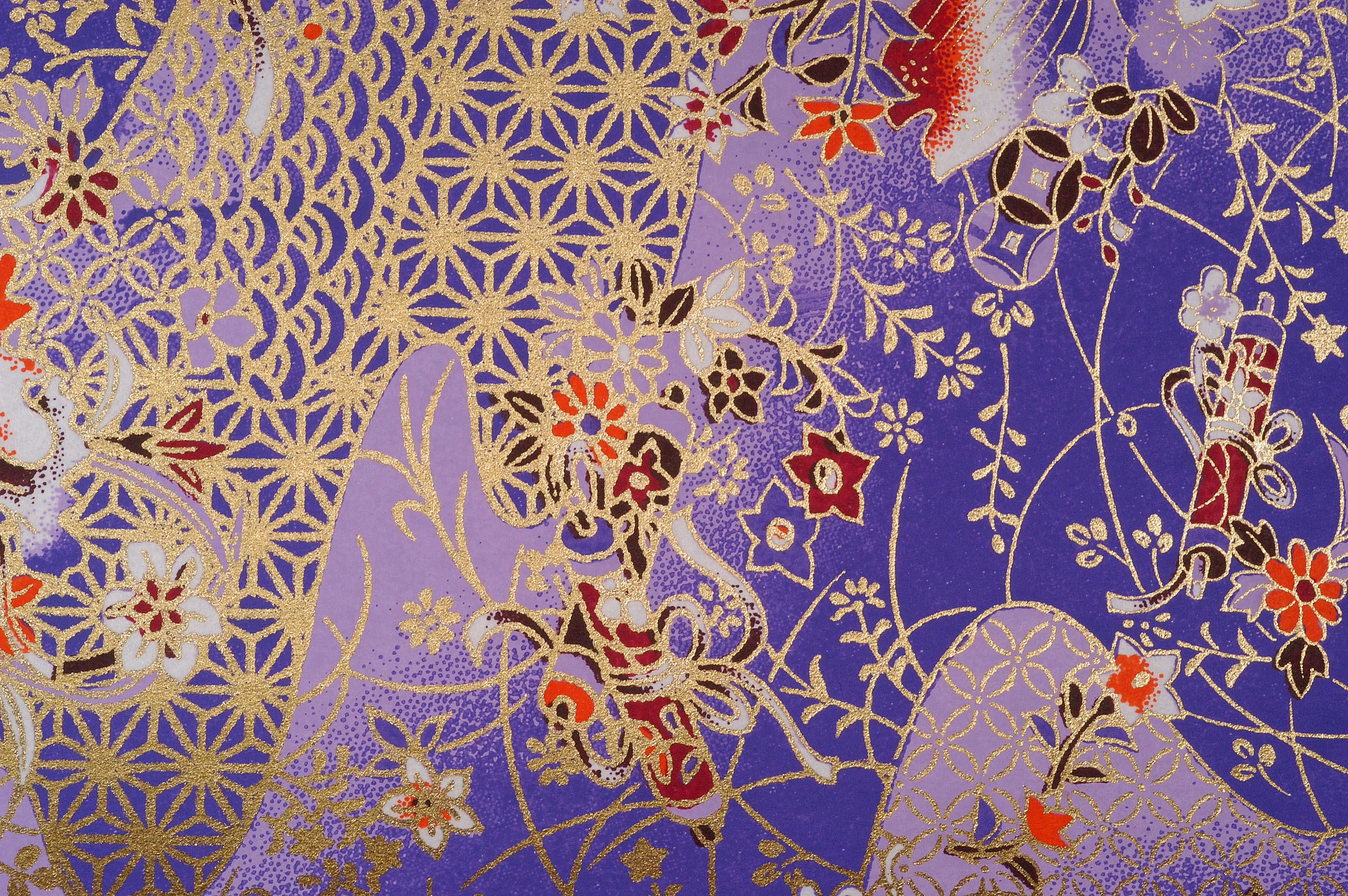

Q2: Why should I care about where the paper comes from? A: Japanese paper has many more quality standards than other papers.

To find the best standard origami paper look for paper made in Japan by companies that have been making paper for generations. PAPER Q&A Q1: Isn't all origami paper basically the same? A: No! In fact, the quality of origami paper widely varies. + Comes in a variety of around 100 different colors and most variety of different sizes. + Larger sizes are the best starting option for super-complex models.

+ Perfect for simple or intermediate-level models, easy modulars, casual folding and beginners. + Best for practice origami: It’s one of the least expensive versions of origami paper. + Holds creases very well and is very easy to use. The standard origami paper" kami" varies in size from around 7.5cm x 7.5cm (about 3 inch) all the way up to 35cm x 35 cm (about 14 inch) squares and can be used for most kinds of origami. 066 millimeters, paper dyed on one side (like every sheet other than white) is. Uncolored standard paper (or a pure white sheet) is. So one of the feature of the Standard origami paper is that it has color on one side and the other side is white. They start with white base paper and ink or stamp various colors and designs onto it depending on the type of origami paper being created. Kami comes from Japan in factories that have been around for generations and have staff that have honed their skills over many years. The best paper for origami is called "Kami" (the Japanese word for origami paper), the standard origami paper. Here is a quick video showing the exact thicknesses of the papers we offer and an overview of their features as well: Correspondingly, if you chose a model to fold- it can often only be folded out of certain kinds of paper, so start with what you care most about, (the models or the paper) and work from there. In fact, paper thickness is so critical to origami, often the paper you choose determines the types of models that you can make. Paper made for origami tries to combine these two aspects by being both thin AND strong, but each type of origami paper is better or worse suited to different models. One one hand, the facial tissue would be thin enough for lots of layers, but isn't strong enough to withstand a lot of folding and on the other hand, the cardboard box would be very strong, but too thick to fold very much at all. Obviously none of these paper are ideal for folding origami. For example, think about the advantages and drawbacks of trying to fold a model with these types of paper: On the other side of the spectrum, super thick paper will be very hard to crease multiple times but will be very strong. Super thin paper can be folded into many layers without being bulky, but is often fragile and can break if folded in the same place repeatedly. The thickness of your origami paper is crucial to determining the types of models that you can fold, but there are trade-offs.

This is far superior to the cheaper process (most commonly done in Chinese papers to save on ink costs) of dying the fibers of the paper first to make colored paper.
ORIGAMI PAPER CRACK
This process also means that when you fold the paper, the ink has penetrated to ensure the white doesn't show or crack through when creasing the paper. High quality locations in Japan use non-toxic long-lasting inks that fill into the cracks in the fibers of the paper to create a very smooth folding surface. The printing process in origami paper is critical to making paper that can be folded and resist cracking. In this guide we will tell you about many of the different important foctors in choosing which paper to use for your folding project. That means that for most origami projects, something like copy/printer paper or color craft paper simply won't do. High quality origami models are only as good as the paper that you start with. A Guide to the World of Origami Paper: The Paper Basics


 0 kommentar(er)
0 kommentar(er)
